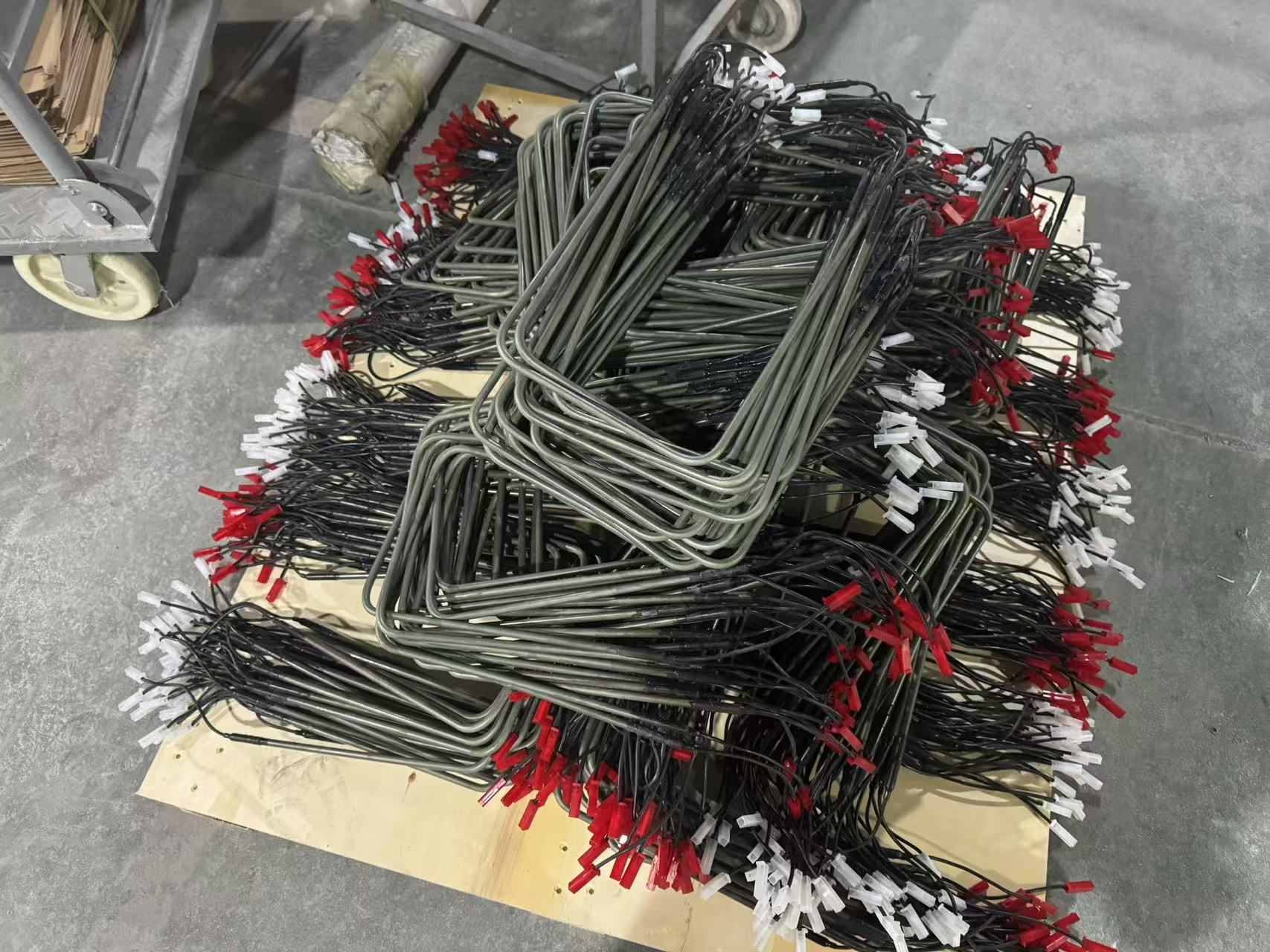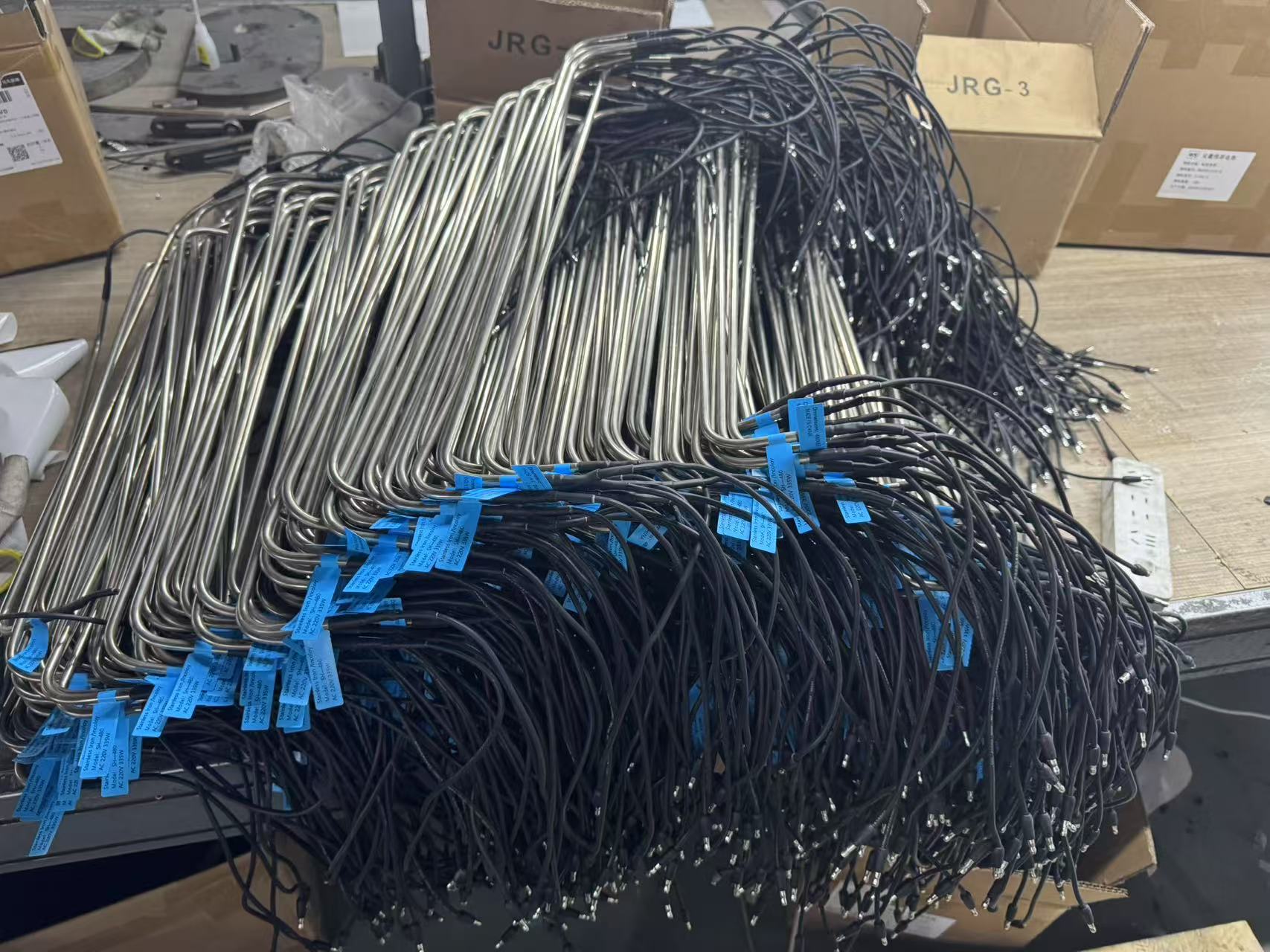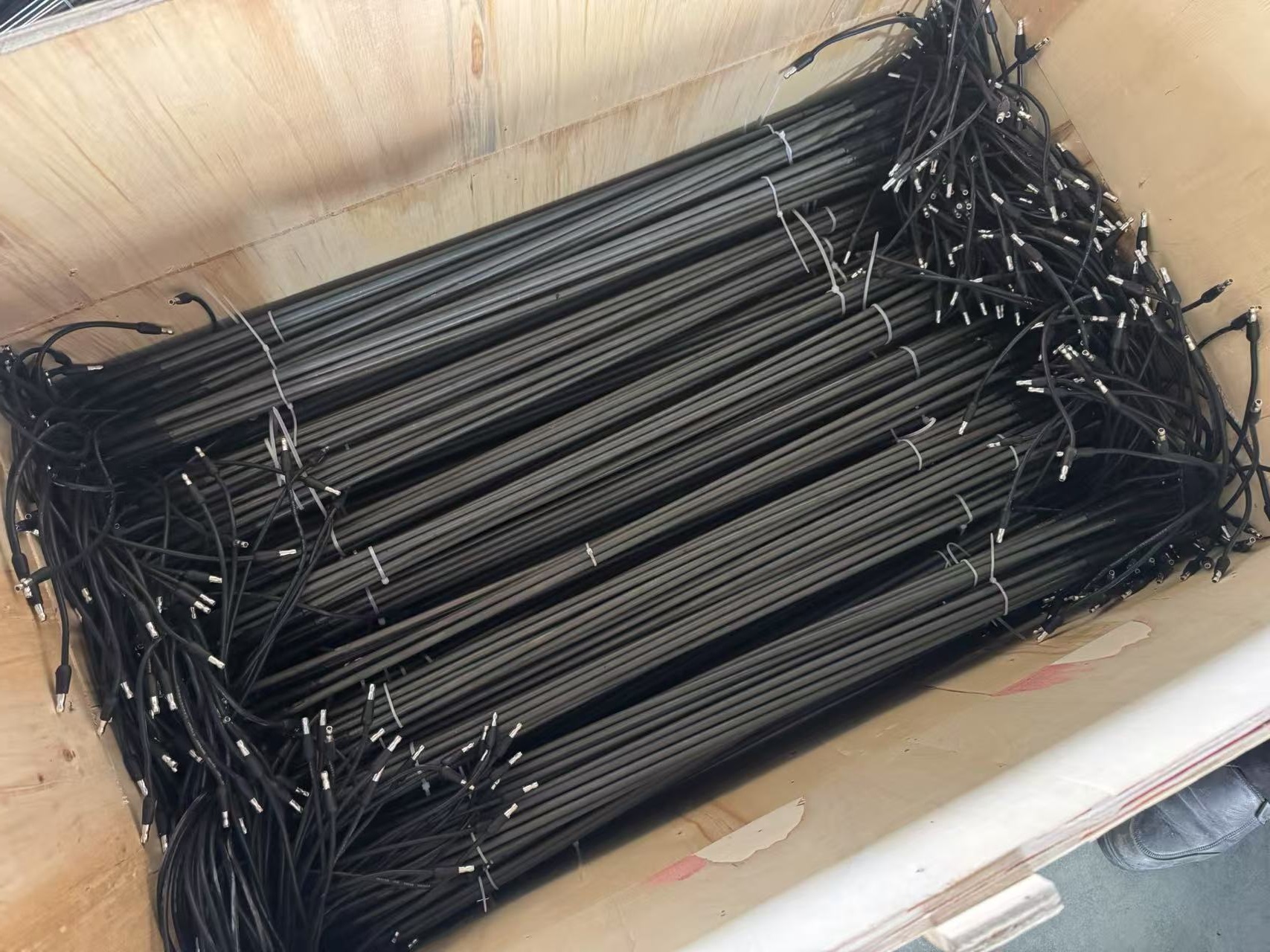The defrost heater in a refrigerator or freezer is a heating element that melts frost and ice that accumulates on the evaporator coils. This process is part of the automatic defrost cycle, which prevents ice buildup and ensures efficient cooling.
When the defrost heater element in the refrigerator malfunctions, the entire automatic defrosting cycle will fail to operate normally. This issue will cause frost to gradually accumulate on the evaporator coils, eventually forming a thick layer of ice. This situation not only significantly reduces the refrigeration efficiency but also may raise the temperature in the freezer compartment, thereby affecting the quality of food preservation. Moreover, the accumulated frost will impede air circulation, increase the workload of the refrigerator, and consequently lead to higher energy consumption. The following is a more detailed analysis of this phenomenon:
1. **Defrosting Process**
The primary responsibility of the defrost heater tube is to briefly heat the evaporator coils after each refrigeration cycle to melt the frost that has formed on their surface. If the heater malfunctions or fails completely, the frost on the evaporator coils will not be removed and will gradually thicken over time, eventually possibly forming hard ice. This accumulation of frost not only affects the refrigeration effect but may also cause physical damage to the internal structure of the refrigerator.
2. **Reduced Refrigeration Efficiency**
The presence of frost forms an insulating barrier between the evaporator coils and the surrounding air, hindering the effective exchange of heat. As the evaporator coils are a crucial component for heat exchange in the refrigeration system, any obstruction directly affects its performance. Consequently, the freezer compartment struggles to reach the set low-temperature target, and in some cases, certain areas may even experience a temperature rise. This not only diminishes the user’s experience but also may lead to the refrigerator having to run the compressor for longer periods to compensate for the insufficient cooling.
3. **Impact on Food**
As frost accumulates, the overall temperature in the freezer may gradually rise, especially in cases of severe frost build-up. Such temperature fluctuations can have adverse effects on the food stored in the freezer. For instance, meats, seafood, or other frozen foods may undergo repeated thawing and refreezing processes, which not only deteriorate the texture and taste of the food but also lead to the loss of nutrients and even the growth of bacteria, posing a threat to food safety.
4. **Potential to Trigger Other Issues**
The malfunction of the defrosting system is not just a single problem; it can also cause a chain reaction affecting other components of the refrigerator. For instance, the evaporator fan motor may overheat due to obstructed airflow, accelerating wear and tear or even damage; the defrost thermostat may also fail due to prolonged abnormal operation. These issues, when combined, will further degrade the overall performance of the refrigerator and increase maintenance costs.
5. **Increased Energy Consumption**
As the frost layer thickens, the refrigerator needs to consume more energy to overcome the additional resistance and maintain the set temperature. This is because the compressor has to start more frequently and run for longer periods to achieve the same cooling effect. This extra energy consumption not only increases the user’s electricity bill but also imposes a greater burden on the environment, as higher energy consumption typically means more carbon emissions.
In conclusion, although the malfunction of the refrigerator defrost heater may seem like a minor issue, it can actually have multiple negative impacts on the overall performance of the refrigerator and the daily usage experience of users. Therefore, it is crucial to inspect and maintain the defrost system of the refrigerator in a timely manner to ensure its efficient and stable operation and extend its service life.
Post time: May-30-2025







